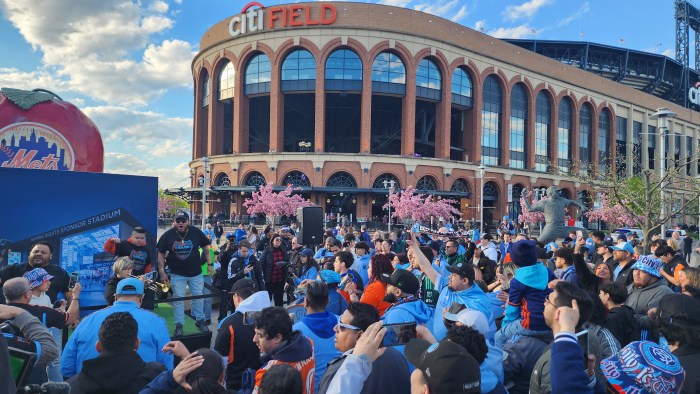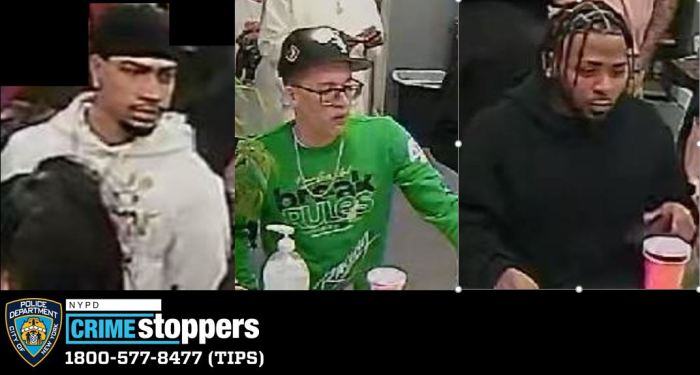By Tien-Shun Lee
Keynote speakers at a Borough Hall conference last week advised specialists from Queens on measures to deal with substance abuse, trends in drug use among youths and ways to identify gang members.
The conference was sponsored by the Queens Council on Alcoholism and Substance Abuse, a citizen’s advisory group to the city Department of Health and Mental Hygiene.
“Treatment providers have to look at servicing youth in more creative and different ways,” said Lou Martinez, an assistant director at the Outreach Project, an alcohol and substance abuse center based in Richmond Hill. “I can’t emphasize enough the importance of having a family component. … The family needs to be supported in some cases just as much as the adolescent.”
Martinez said use of club drugs such as Special K, also known as Ketamine, and Ecstasy was up among urban adolescents in New York above 14 years of age. Among adolescents aged 11 through 14, marijuana use was on the rise, especially the potent, relatively new type of the drug called hydro, which is grown under water.
Overall, alcohol was the most-used drug among adolescents, followed by tobacco, Martinez said. Marijuana was the third-most-popular drug, followed by smokeless tobacco, stimulants, inhalants and hallucinogens.
Family support is essential in treating youths because children are only at the rehabilitation program from 8:15 a.m. to 2:45 p.m. on weekdays, Outreach Project counselor Harvey Barnes said.
“As soon as they leave, they go back to where they came from,” Barnes said. “Probably the most challenging thing is that children today spend about 14 minutes of quality time a day with their parents. Children learn everything they know from their peers.”
Both Barnes and Martinez try to work with youths, using approaches appropriate for adolescents, including films, rap lyrics and one-on-one talk.
“What I try to do is show them another perspective,” Barnes said. “The challenge is it’s difficult to find a general approach, and there’s never enough manpower for individual attention.”
Martinez often takes lyrics from popular songs and discusses the meaning of them with his young clients.
William Sheriden, a member of the city Department of Corrections’ Gang Intelligence Unit, gave a presentation on ways to identify gang members by their hand signals, body markings and clothing.
The Gang Intelligence Unit tracks about 57 gangs within the city’s corrections system, Sheriden said. The four biggest gangs within the city corrections system are the Bloods, Black Kings, Neta and Crips.
Gangs typically have a color scheme, Sheriden said. The Bloods wear red, green or black; the Black Kings wear black and gold; the Neta wear black and white; and the Crips wear mostly blue and gray.
In addition to color schemes, some gang members also identify themselves by tattoos and other bodily markings, Sheriden said. Male Bloods members typically have three burn marks on their right biceps, while female Bloods have burn marks on their right waist, hip or ankle.
The Latin Kings tattoo themselves with a five-point crown, “ALKN,” which stands for Almighty Latin King Nation, or “ALKQN,” which stands for Almighty Latin King-Queen Nation.
Gang members use different hand signals to communicate without talking, Sheriden said. These signals are particularly important for identification once members have been stripped of their clothing within the corrections system.
There are about 1,822 gang members among the approximately 15,000 inmates in the city corrections system, Sheriden said.
Information collected about gangs within the corrections system is passed along to the NYPD and other law enforcement agencies.
Reach reporter Tien-Shun Lee by e-mail at Timesledger@aol.com, or call 718-229-0300, Ext. 155.
































